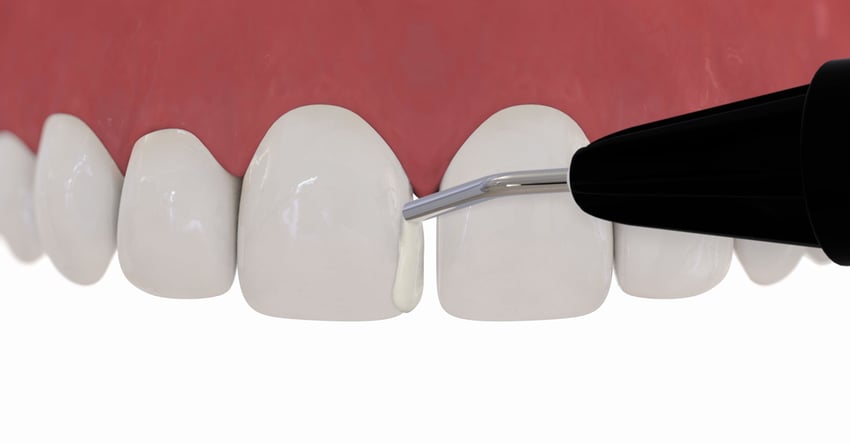
While restorative dentistry is an advanced department of
dentistry in general, restoring the anterior teeth can be more challenging. The
anterior region requires recreation of macroanatomical shape and structure of
teeth. Thus, you will have to make sure that you work with utmost precision in
order to recreate the anterior tooth or teeth. If the correction is not made in
the ideal way, the shape and color of tooth will not be on the show in a way
which could seem natural. Apart from the aesthetic point of view, the incorrect
cervical margins can lead to a number of chronic gum infections such as
inflammation and other dental issues.
Having that said, it would be worth mentioning the ways you
can recreate your anterior teeth while making sure that precision remains to be
the integral part of the process.
Specific challenges
While working on the restoration of anterior teeth, there
are a few challenges which you may face. Those challenges include:
- Creation of the vertical edge lines
- Transitions that are to be created between composite resin and the tooth structure
- Pink-and-white esthetics
Application of flowable composite in precise way
When you work with flowable composite, you get the ease in
tackling these challenges in the better way. It is easy to take care of
precision while applying flowables because they have low viscosity. You can
work on thinly tapering margins in tight areas if you are using this material.
The use of this material provides us with an advantage which is associated with
the correction of a healthy tooth in order to improve its esthetics. Another
benefit is that the use of this material allows us to have least invasive
restorative treatment.

A word of caution
One thing worth mentioning here is that flowables are not
the same. The viscosity of these materials may vary. Therefore, you have to
make sure that viscosity of flowable you are going use is neither too high nor
too low. The ideal flowable comes with thixotropic consistency and it fulfills
requirements in pretty effective way. During application, the material may seem
to flow. However, it doesn’t spread after it is applied.